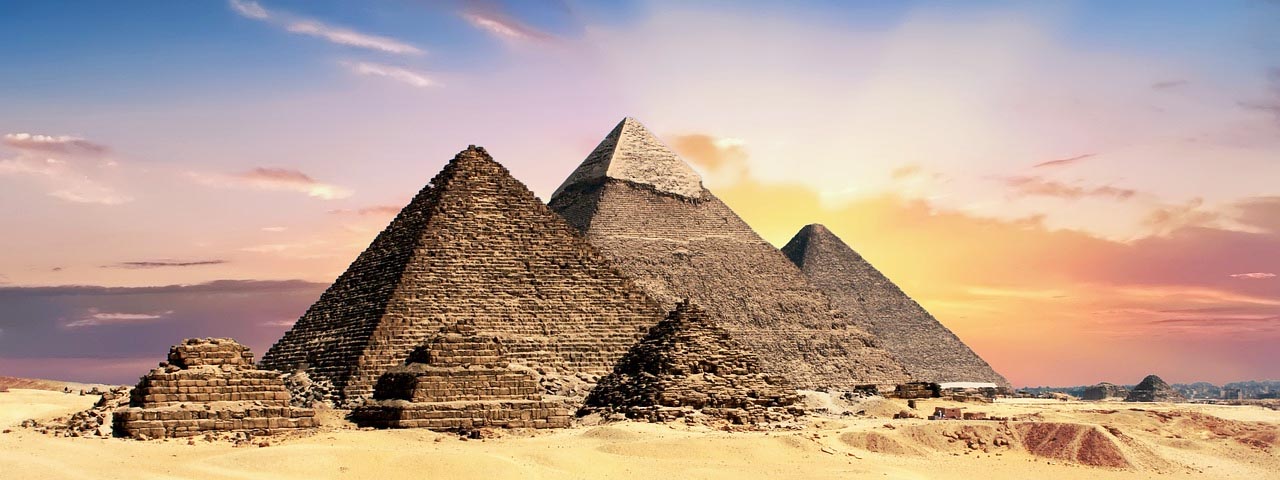Mummification Process in Ancient Egypt and Book of the Dead
Those individuals that are familiar with the book of the dead will know that it speaks highly of mummification. Many of the ancient Egyptians followed the Book of the Dead, therefore mummification was necessary when someone passed away to go on to the next world. We would like to take the time to tell you some information that we find interesting about mummification.
Preserving ones, body was needed and was basic funeral practices in ancient Egypt. If the body was not reserved, then the “ka” would not be able to return and find sustenance. If the body had taken normal process and decayed, it would become unrecognizable, therefore the ka would starve and the afterlife would be in jeopardy of the one who died. This means the ancient Egyptians used mummification in order to prevent the body from decaying.
Mummification was also a ritual process
Many look at mummification as just being a technical process in order to fill the body, the truth is that it was also a ritual process. They were always looking into recreating Osiris, whom was the first original mummy. The “hery seshta” was the individual who was in charge of doing the mummification; this is the one who took part of Anubis who is the jackal god. The assistant of the mummification process is the “hetemw netjer.” The individual who was reading the magic spells during the mummification process was known as the “hery heb.” The one who did the actual removal of the internal organs along with bandaging up the body was called the “wetyw.”
When someone died, they would be taken to the place of purification. This is where they would be washed in natron, which is a solution of carbonate and sodium bicarbonate. After this, they would be taken to the “per nefer” which in English is the house of beauty, this is where the mummification process would be performed. The internal organs of the dead person were taken out, dried, rinsed and then bandaged. The internal organs were put in jars where they would be put with the body. They would decorate the jars with the “four sons of Horus.” Hapy is the god that had a baboon head and he protected the lungs, Imety protected the liver and he was the human headed god, Duamutef was a jackal headed god and he protected the stomach and Qebehsenuff was a falcon headed god that protected the intestines. Hapy would be pointing North, Imsety pointed South, and Duamutef pointed East and Qebehsenuef pointed to the West.
After the organs were removed and preserved, the natron that was dry would be mouled around the corpse and maybe even inserted into the body cavity. During mummification, the body was left for about forty days to dehydrate. When the body dried, the stuffing would be removed and the body would be packed with bandages that had been soaked in resin along with other sweet smelling perfumes. The openings of the skull would also be packed and some fake eyes might have been added. After this process, they bandaged up the body, which created the mummy, as we know it today. Next time you think about mummies, you see that it is an actual process and should be nothing scary.
More information about mummification process
Mummification, the process of preserving the body for the afterlife, is one of the most fascinating and emblematic practices of ancient Egypt. The Egyptians believed that the body must remain intact for the soul (ka) to survive in the afterlife, leading to the development of a complex and ritualistic process that aimed to defy death and time.
The Importance of Mummification
For the ancient Egyptians, death was not an end but a transition to another form of existence. The preservation of the physical body was seen as critical for the survival of the ka and the ba, elements of the individual’s identity and personality, in the afterlife. Mummification was thus not merely a technical process, but a deeply spiritual one, ensuring eternal life.
The Mummification Process
The mummification process, refined over centuries, involved several steps. After death, the body was taken to the ibu, or ‘place of purification’. The organs, except the heart which was considered the seat of knowledge and emotions, were removed and preserved separately in canopic jars. The body was then dehydrated using natron, a natural salt, for a period of about 40 days.
Wrapping and Decoration
After dehydration, the body was cleaned, oiled, and wrapped in layers of linen. Amulets and protective charms were often placed within the wrappings for additional protection. The wrapping process was carried out methodically, often with prayers and spells recited to ensure the deceased’s safety and wellbeing in the afterlife. Finally, a decorated death mask was often placed over the head and shoulders of the mummy.
The Final Resting Place
The mummified body was placed in a series of coffins, nested one within the other, and then laid to rest in a tomb, often accompanied by grave goods necessary for the afterlife. For pharaohs and wealthy individuals, these tombs were grand structures such as pyramids or elaborate underground chambers in the Valley of the Kings.
Conclusion
The mummification process in ancient Egypt reflects the civilization’s profound beliefs about death and the afterlife. It showcases their advanced understanding of the human body, their meticulous ritual practices, and their deep-seated religious beliefs. As archaeologists continue to uncover and study these mummies, they reveal invaluable insights into the lives and beliefs of this remarkable civilization.
Links:
Wikipedia: Ancient Egypt
History Channel: Ancient Egypt
Live Science: Ancient Egypt
Ancient Egypt for Kids
British Museum: Ancient Egypt
